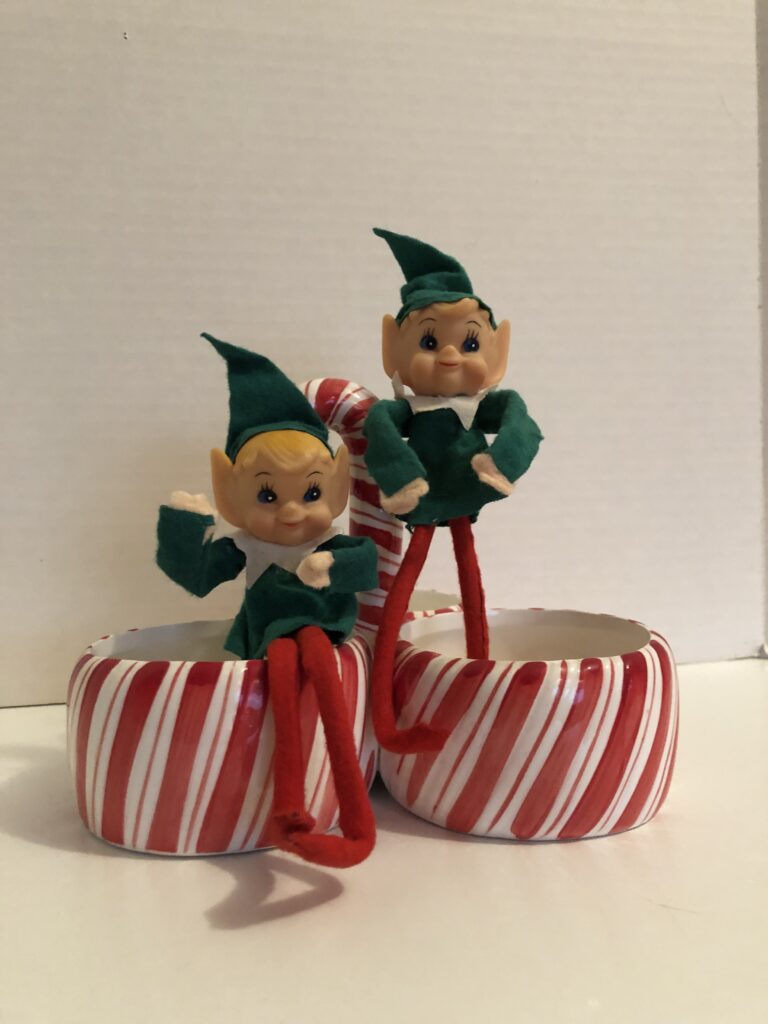
By Dorri Partain
Contributor
Elves may make toys and bake cookies, and gnomes might garden or roam, but pixies seem to only be cute and mischievous.
Like all other fairy tale folk, the traits of a pixy tend to be whatever the storyteller chooses for them. Victorian poets wrote various poems about pixies, and American poet Samuel M. Peck’s 1881 poem titled “The Pixies” varies greatly from English poet Nora Chesson’s 1902 version with the same title.
Originally spelled ‘piskie’ or ‘piksie’, tales of these wee folk date to the middle ages. Since 1454, the English town of Ottery St. Mary has commemorated “Pixie Day”’ with a reenactment of the day the pixies were banished from town to nearby caves known as Pixie’s Parlour. The pixies were banished for attempting to divert the church’s bell delivery from arriving into town. The town’s Cub and Brownie Scouts act out the parts of the banished pixies.
Just as gnomes have recently grown popular and transitioned to Christmas decor, pixies did the same back in the 1950s and 1960s. Small ceramic figurines featuring pixies in various poses seem to be inspired by the release of the Walt Disney version of Peter Pan in 1953, by companies that wanted to make figures similar to Tinkerbell but not pay licensing fees.
As pixies transitioned to Christmas decor, manufacturers created more doll-like versions with fabric bodies and vinyl or rubber heads. Dressed in green and red, pixies sometimes had joined hands and long legs, so the legs could be held in place by the hands – that style was called knee-huggers.
While pixies have faded from popularity, one could say their mischievous demeanor has been revived by the popular tradition of the Elf on the Shelf character.
















